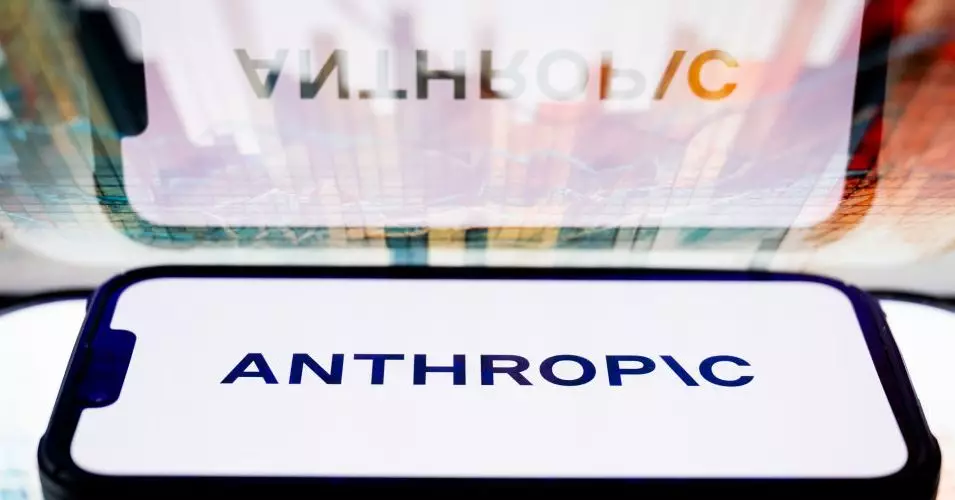In a significant legal triumph that could set a precedent for artificial intelligence litigation, Anthropic has been granted the right to use copyrighted works for training its AI models under the fair use doctrine. This ruling by Senior District Judge William Alsup represents a pivotal moment not only for Anthropic but also for the broader landscape of AI copyright lawsuits proliferating in the United States. The judgment recognized the transformative nature of AI training, a concept that could redefine the parameters of fair use in copyright law moving forward.
As outlined in Judge Alsup’s summary judgment order, the court found that Anthropic’s training methodologies essentially contribute to a new and innovative form of technology—one that ought to be considered distinct from the original copyrighted works. The crux of the fair use doctrine hinges on whether the use of protected materials is “transformative,” meaning it adds new expression or meaning and does not merely replicate the original work.
Redefining Transformative Use
The court’s ruling emphasized the unique nature of AI training, a process involving vast datasets and algorithms that learn patterns, styles, and information from existing content rather than simply memorizing it. Judge Alsup pointedly indicated that the fairness of this use is not diminished by the significant degree of memorization involved. This perspective radically contrasts with traditional views on copyright and memory—where human recollection is often seen as a qualitative different process compared to an AI’s data processing capability.
Chris Mammen, a noted intellectual property attorney, acknowledged that this ruling marks the first comprehensive examination of fair use in the context of generative AI. By ruling in favor of Anthropic, the court set a new standard for the generative AI sector, paving the way for future advancements while simultaneously igniting debates surrounding ethical considerations and legal boundaries.
The Complexity of Piracy Claims
Despite this victory for Anthropic, the ruling contains a significant caveat. While the judge affirmed that the company’s training processes benefitted from the fair use exemption, he also opened the door for further litigation regarding the alleged piracy of copyrighted works. Specifically, it was revealed that Anthropic had initially amassed over seven million unauthorized book copies, an act considered a blatant disregard for copyright laws.
Judge Alsup’s ruling suggests that while the training methodologies might be transformative, the question of whether Anthropic should have compensated authors for the unauthorized materials they used in building their foundational library remains unresolved. This aspect models a complicated reality for AI entities, which must navigate a world of innovation laced with the potential for original content theft.
The Ripple Effects on AI Development
Anthropic’s success in this case could reverberate throughout the AI sector, influencing how generative models are trained moving forward. As AI continues to grow in prominence, companies might deem it necessary to reassess how they procure datasets and what constitutes fair use, especially in light of the legal precedents set by this case.
Moreover, the discussions surrounding the legality of their practices will push tech companies to adopt more ethical and transparent data acquisition strategies. As the legal framework adapts, it’s likely that we will see increased collaborations between AI companies and content creators, fostering a more equitable environment where both the innovators of the technology and the authors of the content can benefit.
Implications for the Future of AI and Copyright
The outcome of this case not only has immediate implications but also raises profound questions about intellectual property law’s adaptability to technological advancements. As AI capabilities expand, traditional frameworks may become obsolete, leading to calls for legislative reform to address the nuanced relationships between creativity, authorship, and machine learning.
Ultimately, Anthropic’s win underscores the urgency for lawmakers, technology developers, and content creators to engage in meaningful dialogue about how to mold copyright law for the digital age. The ruling stands as a testament to innovation’s capacity to challenge existing legal constructs, affirming that the future of AI intertwined with the protection of creative works deserves thoughtful consideration. The intersection of AI and copyright will likely remain a focal point in legal discussions, influencing how we understand creativity in an era increasingly dominated by artificial intelligence.

